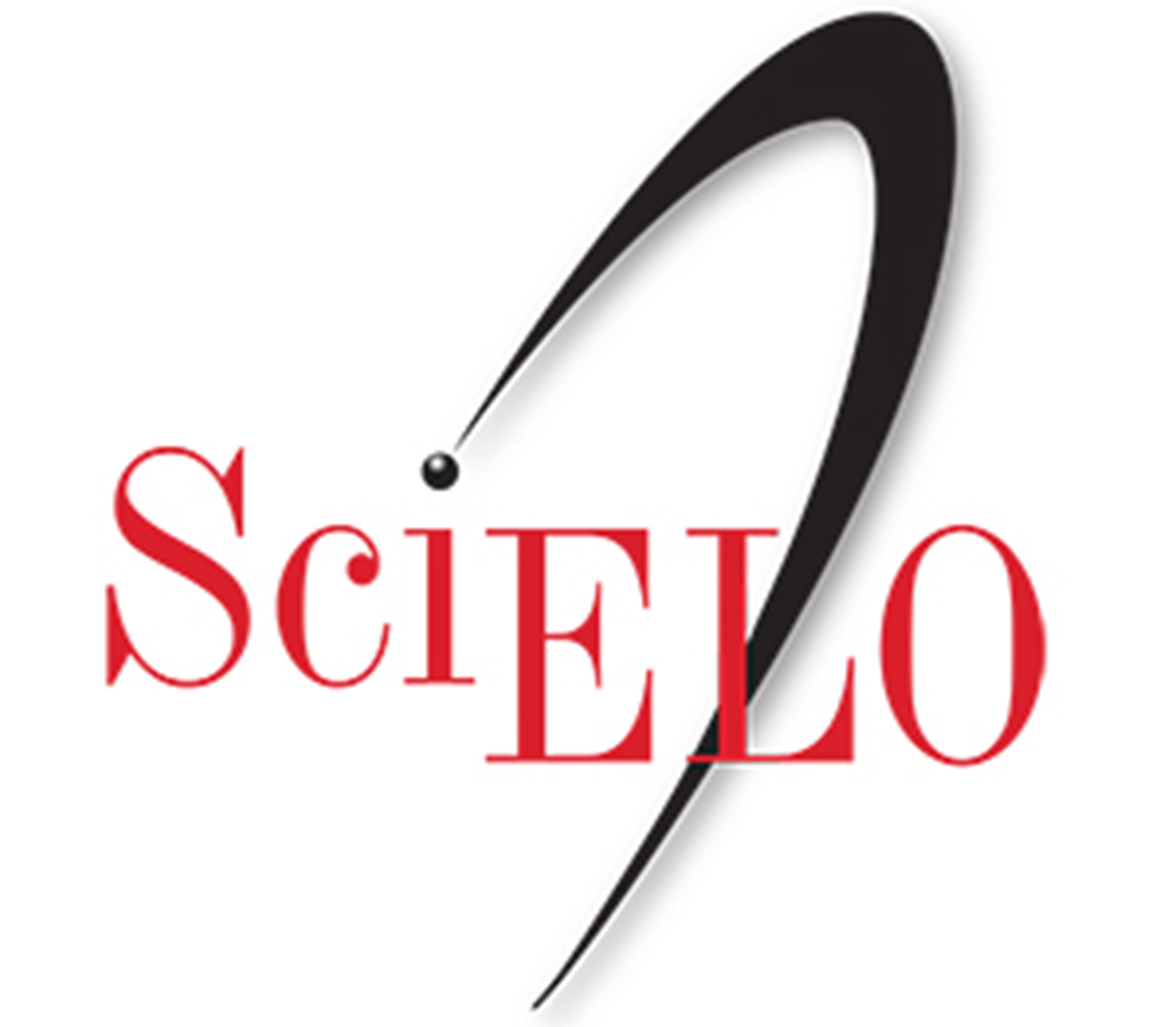CIDADE PATRIMÔNIO E CENTROS HISTÓRICOS: política e reabilitação urbana em Coimbra (city, heritage and historic downtown: policy and urban renewal in Coimbra)
Abstract
O centro histórico apresenta um sentido dual. Primeiramente é campo de proteção de uma população que continua presente e tem nele o seu espaço de vida. Seguidamente é símbolo público resultado das intervenções que lhe vêm transmitindo uma crescente capacidade imagética, expressando manifestações de grandiosidade e evidenciando motivações de atração para uma população forasteira. Se bem que, seja um espaço onde é comum encontrar situações de deterioração do património edificado e fuga residencial para a periferia, pretende-se efetuar a identificação de reabilitações que têm facilitado a patrimonialização e a transformação do Centro Histórico num produto turístico associado à qualidade de vida dos residentes. Usando exemplos de intervenções e reabilitações diversas no território português, centraremos a abordagem aqui efetuada nas ações, projetos, iniciativas e parcerias do Gabinete para o Centro Histórico da Câmara Municipal de Coimbra, salientando algumas intervenções inovadoras, casos de sucesso, problemas organizativos e potencialidades resultantes das ações integradas de diferentes parceiros.
Palavras-chave: Centro históricos, Reabilitação urbana, Atividades culturais e de lazer, Coimbra.
ABSTRACT
Historic downtown has achieved a double meaning. First, it has to consider the protection of its endogenous population with its lived space. Secondly, it is a public symbol resulting from the constant interventions which endow it with an image of grandiosity and is an attraction for visitors.Although, historical centers are places where we can attest to the deterioration of material heritage, rehabilitation has assisted in transforming these areas into a touristic commodity. The present paper analyses the numerous rehabilitation activities carried out by the Bureau for the Historical Centre of the city of Coimbra, highlighting some of its most innovative aspects, success stories, organizational challenges, and potential results of integrating different partners.
Key words: Historic downtown, Urban renewal, Cultural activities and leisure, Coimbra.
RÉSUMÉ
Le centre-ville historique presente une double valeur. Premièrement, il doit assurer la protection de sa population endogène, qui y trouve son espace vécu. Deuxièmement, il constitue un symbole public résultant des interventions constantes qui l’agrandissent et attirent les visiteurs.Bien que les centres historiques soient des endroits où l’on peut trouver des situations de dégradation du patrimoine matériel, on prétend identifier des situations de réhabilitation qui rendent plus facile leur patrimonialisation et qui permettent à ces zones de devenir des produits touristiques auxquels est associé la qualité de vie des gens qui y résident. Malgré tout, nous pouvons encore observer l’inefficacité de la programmation des investissements publics dans les infrastructures collectives et les services publics. En outre, l’absence de la culture civique orientée vers l’aménagement du territoire rend plus difficile la coordonnation des initiatives entre les principaux acteurs institutionnels. Le présent document analyse les nombreuses activités de réhabilitation menées par le Bureau pour le Centre historique de la ville de Coimbra, en soulignant certains de leurs aspects les plus innovateurs, les réussites, les défis organisationnels et les résultats potentiels de l’intégration des différents partenaires.
Mots-Clés: Centre-ville historique, Rénovation urbaine, Activités culturelles et de loisirs, Coimbra.
DOI: 10.4215/RM2013.1227.0001
Keywords
Authors who publish in this journal agree to the following terms:
- Authors retain the copyright and grant MERCATOR the right of first publication, with the work simultaneously licensed under the Creative Commons Attribution License, which allows the sharing of the work with recognition of the authorship of the work and initial publication in this journal.
- Authors are authorized to sign additional contracts separately, for non-exclusive distribution of the version of the work published in this journal (e.g., publish in an institutional repository or as a book chapter), with acknowledgment of authorship and initial publication in this journal.
- Authors are allowed and encouraged to publish and distribute their work online (e.g., in institutional repositories or on their personal page) at any point before or during the editorial process, as this can generate productive changes as well as increase the impact and citation of the published work (see The Effect of Free Access).
- Authors are responsible for the content of the manuscript published in the journal.






